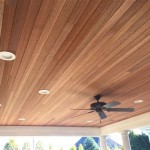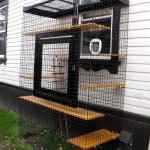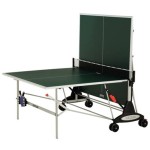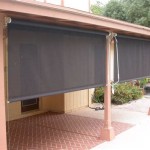Essential Aspects of Photocells for Outdoor Lights
Photocells, also known as photoelectric cells or light sensors, are crucial components in outdoor lighting systems. They play a vital role in controlling the automatic operation of lights based on ambient light levels. Understanding the essential aspects of photocells is key to selecting the right ones for specific outdoor lighting applications.
Function and Operation of Photocells
Photocells work on the principle of the photovoltaic effect. When light strikes the cell's surface, it generates an electrical current. The amount of current produced is directly proportional to the intensity of light. In outdoor lighting applications, photocells are typically connected to a relay or controller, which switches the lights on when it senses a decrease in ambient light levels and turns them off when light levels increase.
Types of Photocells
Different types of photocells are used in outdoor lighting applications, each with unique characteristics:
- Cadmium Sulfide (CdS) Photocells: CdS photocells are commonly used in low-power applications due to their low cost and compact size.
- Cadmium Telluride (CdTe) Photocells: CdTe photocells are more efficient than CdS photocells and offer better sensitivity in low-light conditions.
- Gallium Arsenide (GaAs) Photocells: GaAs photocells provide excellent performance in high-light conditions and have a long lifespan.
- Silicon Photocells: Silicon photocells are known for their high efficiency and durability.
Selection Considerations
Choosing the appropriate photocell for outdoor lighting systems requires consideration of several factors:
- Light Level Threshold: The light level threshold determines at what ambient light level the photocell will activate the lights.
- Response Time: The response time refers to the time it takes for the photocell to switch the lights on or off in response to changes in light levels.
- Operational Conditions: The photocell should be suitable for the specific environmental conditions, such as temperature range, humidity, and exposure to moisture.
- Cost: The cost of the photocell is an important consideration, as it can impact the overall lighting system budget.
Installation and Maintenance
Proper installation and maintenance are crucial for the optimal performance of photocells in outdoor lighting systems:
- Mounting Location: The photocell should be mounted in a location where it can accurately sense ambient light levels without obstructions or shadows.
- Electrical Connections: All electrical connections should be secure and weatherproof to prevent malfunctions.
- Regular Inspections: Periodic inspections and cleaning can help ensure the photocell's functionality and extend its lifespan.
Conclusion
Photocells are essential components in outdoor lighting systems, providing the ability to control lights automatically based on ambient light levels. Understanding the function, operation, and selection considerations of photocells allows for the optimal design and implementation of outdoor lighting systems. By careful consideration of these aspects, you can ensure efficient, convenient, and cost-effective outdoor lighting.

Holme Black Up Down Outdoor Photocell Wall Light Litecraft

Wall Mounted Photocell Sensor Outdoor Lighting

Photocell Outdoor Lighting Control 866 637 1530

Cinder Outdoor Up Down Photocell Wall Light Anthracite Bhs
/product/15/405454/2.jpg?strip=all)
Generic Dusk To Dawn Sensor 2 Packs Photocell Light For Best Jumia Egypt

120v Outdoor Swivel Mount Light Control Photocell

240v Dusk To Dawn Sensor External Photocell Unit Lumena Lights

Design House Swivel Mount 120 Volt Outdoor Photocell With Dusk To Dawn Sensor 588087 The Home Depot

20a Dusk Till Dawn Photocell For Outdoor Lights Floodlights

Outdoor Wall Mounted Photocell Dusk To Dawn 240v Lumena Lights
Related Posts








